1.1 Motivation, Challenges, and Objectives
Individual mobility has become an inherent part in peoples life since it has been available to large parts of the society, due to falling production cost and higher living standards. The automotive industry as well as the corresponding industry sector have a significant impact on economy as well as on ecology. Worldwide, the number of vehicles is steadily growing, which causes significant environmental problems. About 19% of the worldwide, carbon dioxide (CO

) emissions are attributable to passenger cars and trucks (IEA []).
Locally, because noxious emissions (hydrocarbons, particles, and many others) endanger the health and quality of people living especially in large urban areas; globally, even the emission of on first sight harmless combustion products such as carbon dioxide constitutes one of the biggest challenges of our time, global warming . Reflecting this, the reduction of CO

emissions and other greenhouse gas (GHG) emissions that are responsible for global warming is one of the major challenges of our time and has therefore become part of the legislation in most parts of the world. It has been worldwide recognized that limiting the rise in global mean temperature to 2

is a central climate goal (IEA []). Therefore, the European Union has made substantial efforts in tightening of the CO

target from 130 g CO

/km by 2015 to 95 g CO

/km by 2020.
On the other side, low oil prices over the last decades and a demand for growing individual mobility with increased comfort and installed power have resulted in reduced interests in fuel economy optimized cars. Battery electric vehicles (BEV) are currently seen as a way to inspire enthusiasm to new vehicle technologies. BEVs allow to drive locally with zero emissions and to increase at the same time the installed power for propelling the vehicle without bad conscience. If the electric energy used for propelling can be derived from renewable energy sources, this vehicle technology is a promising way to reduce global warming. However, the biggest challenge for BEVs is still the storage of electric energy. Modern batteries have improved significantly in efficiency and capacity but to cover driving distances (500 km as minimum for todays vehicle, cf. Tanaka et al. [].
The prospects for commercially competitive BEVs are highly dependent on the battery costs. One says that the point of commercialization is reached at the cost breakthrough of 150 USD/kWh (Nykvist and Nilsson []) for the industry as a whole and 300 USD/kWh for market-leading manufacturers, the battery alone would cost 3075022500 USD per vehicle, respectively, which is still too costly. Thus, to make BEVs affordable in the near-term, most recently announced models have shorter driving ranges. Despite the increased performance batteries are still energy intensively manufactured using materials which are harmful to the environment. This is certainly a big disadvantage and might be regarded in the design process as an initial negative energy offset.
Despite their problems, however, batteries are very interesting medium-term energy storage devices. Their potential comes positive in appearance in the collaboration with at least one electric energy converter, which are added to a conventional powertrain with combustion engine and fuel tank. Such a powertrain setup constitute to hybrid electric vehicles (HEV). In case, the battery can be charged externally from a power grid, the hybrid vehicle is called plug-in hybrid electric vehicles (PHEV).
Hybrid vehicles, in general, are considered as a bridge technology to BEVs. Their powertrain setups provide additional degrees of freedom that can be exploited to reduce the fuel consumption and to avoid at least partly local emissions while extending the driving range of BEVs significantly.
The PHEV/BEV market is of major importance for the automotive manufactures. Despite the growing numbers of passenger cars, there are certain signs that the whole market for cars will stagnate or even shrink in the future. It is therefore of strategic relevance to access this market that clearly brings the advantage of green economy labeling . Surveys have shown that there exists a considerable market for PHEVs and BEVs (cf. Tanaka et al. [.
Fig. 1.1
Annual global BEV and PHEV sales in BLUE Map scenarios (Tanaka et al. []). Assumptions are vehicle model types are steadily growing, BEVs have an average all-electric range of 150 km, and PHEVs have a minimum all-electric range of 40 km
To fulfill the ambitious aims, it is important that all renowned automotive manufactures offers a steadily growing number of PHEV/BEV types which meet various customer concerns such as driving range, energy efficiency, acquisition cost, operating cost, noise pollution, and environment-friendly production. For PHEVs, specific homologation requirements in each country such as GHG emissions, nitrogen oxide emissions, and fine particle emissions must also be satisfied as well. Certainly, it also depends strongly on the behavioral change of the customers to reduce energy use and to trust such technologies. Nonetheless, factors that are controlled by political initiatives such as the share of low-carbon electricity on the energy-mix play a major role as well.
In order to cope with this huge challenge, attractive and efficient hybrid powertrain technologies must be developed in the coming years. This leads to inexorably increasing number of components in the layout of hybrid powertrain systems. Heuristic methods become then very rapidly limited in their performance. To facilitate this enormous challenge the main objectives of this text are to introduce mathematical models of the powertrain components and large-scale optimal control optimization methods that permit engineers and scientist a systematic analysis and minimization of the vehicles energy consumption.


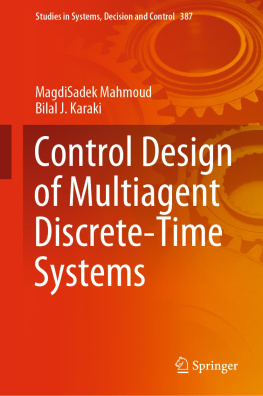

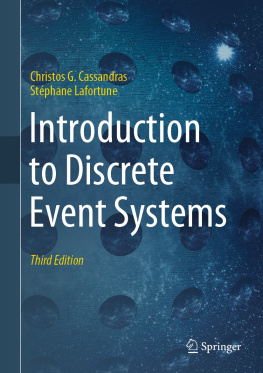
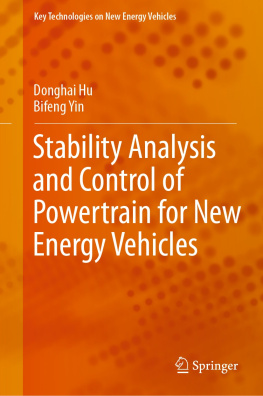

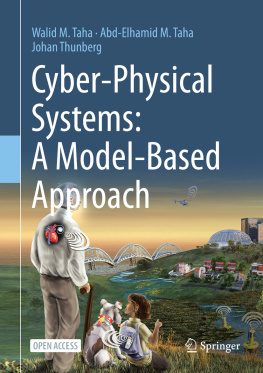
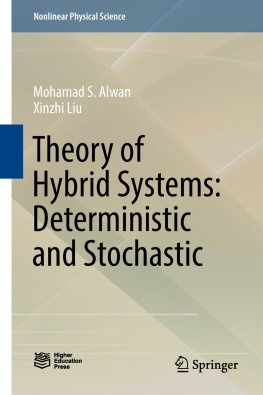
 ) emissions are attributable to passenger cars and trucks (IEA []).
) emissions are attributable to passenger cars and trucks (IEA []). emissions and other greenhouse gas (GHG) emissions that are responsible for global warming is one of the major challenges of our time and has therefore become part of the legislation in most parts of the world. It has been worldwide recognized that limiting the rise in global mean temperature to 2
emissions and other greenhouse gas (GHG) emissions that are responsible for global warming is one of the major challenges of our time and has therefore become part of the legislation in most parts of the world. It has been worldwide recognized that limiting the rise in global mean temperature to 2  is a central climate goal (IEA []). Therefore, the European Union has made substantial efforts in tightening of the CO
is a central climate goal (IEA []). Therefore, the European Union has made substantial efforts in tightening of the CO  target from 130 g CO
target from 130 g CO  /km by 2015 to 95 g CO
/km by 2015 to 95 g CO  /km by 2020.
/km by 2020.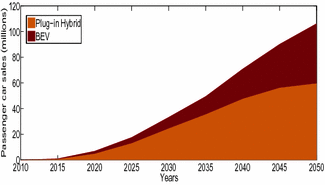
 ;
; );
);